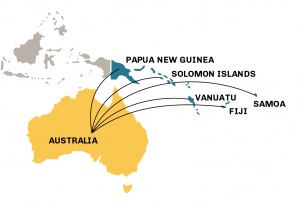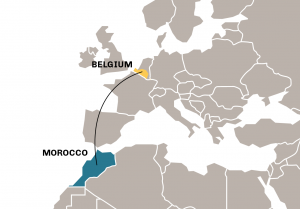
Migration that works for everyone.
The Global Skill Partnership is a migration model that ensures mobility contributes to development for all. Both countries of origin and destination get new workers, with needed skills, to help businesses grow and thrive.
But that’s not all.
Countries of origin get support
for their broader development goals
Countries of destination
get to manage migration
in a safe, legal, and ethical way
And trainees get access to safe migration pathways,
new opportunities,
and better lives
Global Skill Partnerships meet global skill shortages by providing targeted training in countries of origin and helping some of the trainees move.
They adapt to the needs of the cooperating countries, working around old structures and building new ones.
They are driven by the demands of employers and supply of employees, especially in mid-skill sectors like construction, healthcare, hospitality, and IT.
They equip people with the skills they need before they move, making sure migration happens in a managed way while encouraging integration.



